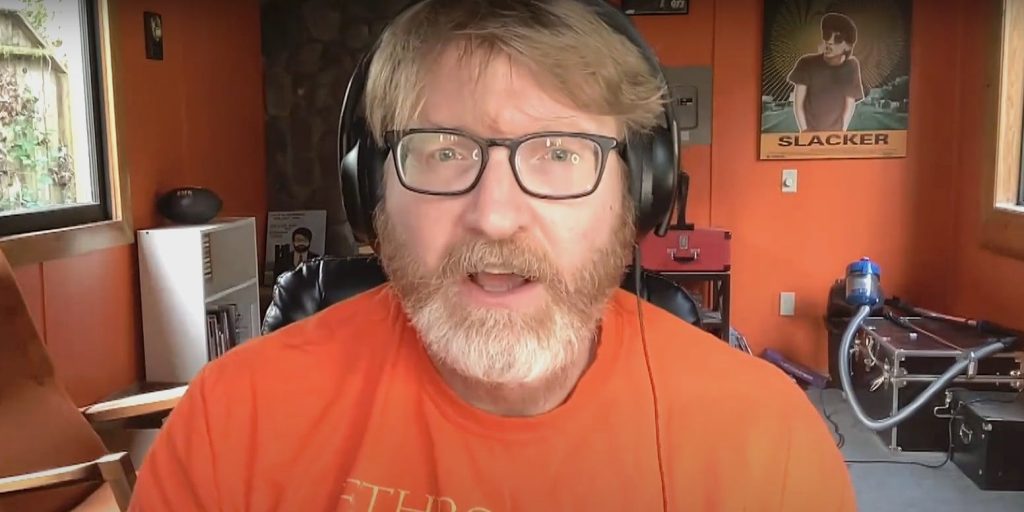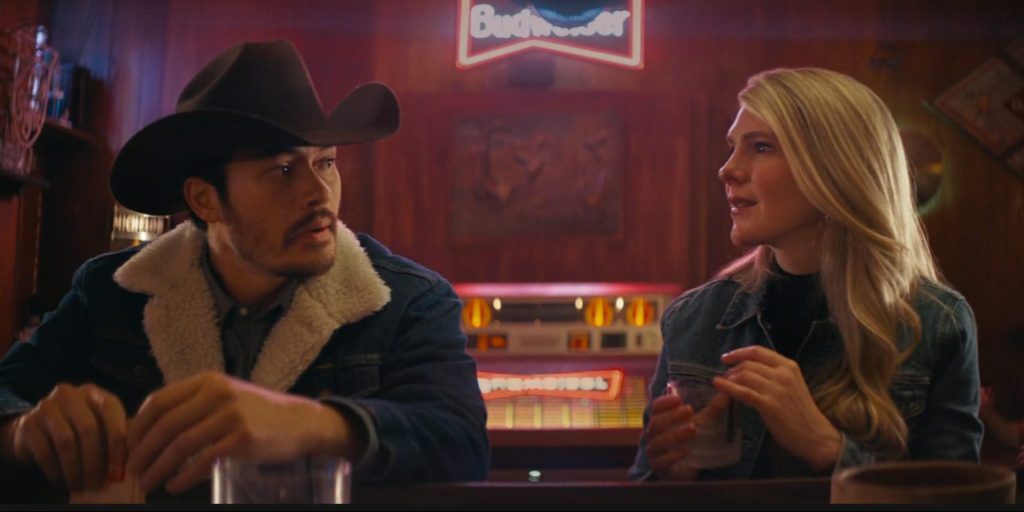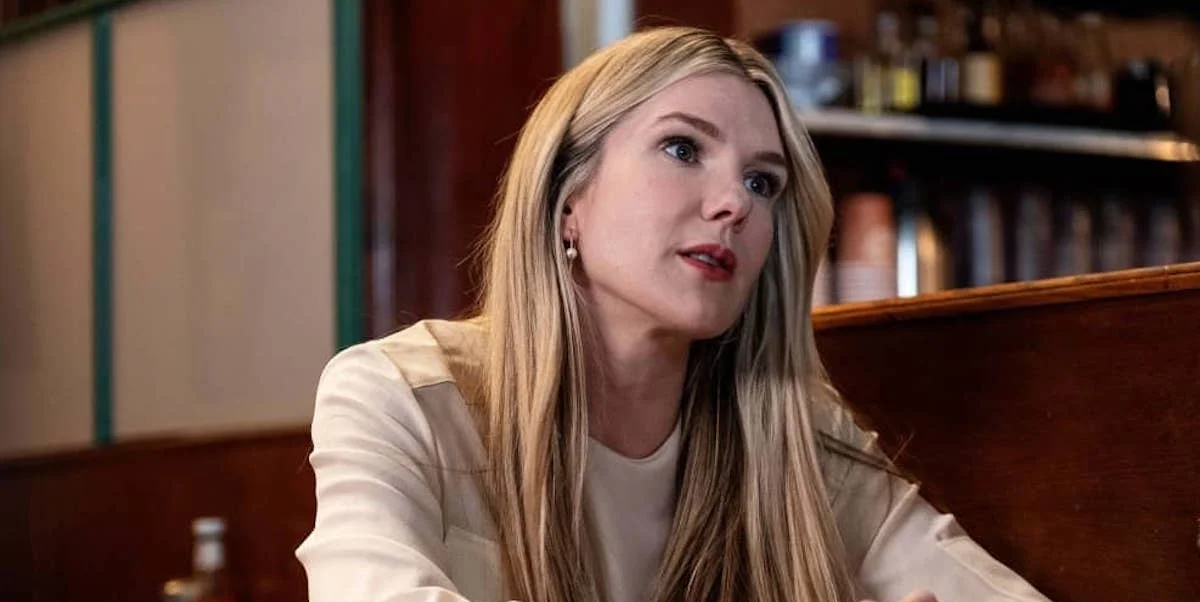In their directorial debut, ‘Downtown Owl,’ Lily Rabe and Hamish Linklater portray the lives of the inhabitants of a quaint North Dakota town known as Owl. After Julia Rabia, a new teacher at the local high school, arrives in the tight-knit community, she comes across several characters leading a mundane existence in the remote, isolated place. She befriends a local cafe regular named Horace, whose wife is diagnosed with a debilitating illness, and Mitch, a footballer on the high school team who purports to hate the game and is in love with a girl named Tina.
The drama film explores the complexities of residing within a small town where everyone knows everyone and secrets are only for strangers. It unearths the intricacies of rural lives, illustrating the close interpersonal relationships that define a place like Owl. With little to do other than socialize, mingle, and get on with their lives, the narrative probes into the frustration of the central characters as they reflect on their affairs and try to find new ways to evolve. Owing to its charming depiction of how ordinary people confront the challenges of day-to-day existence, a closer look at the genesis of ‘Downtown Owl’ raises queries regarding its origin and whether it is based on a true story.
Downtown Owl is Based On a Novel
‘Downtown Owl’ is an adaptation of the 2008 eponymous novel by Chuck Klosterman. The screenplay was drafted by Hamish Linklater, who also produced and co-directed the film alongside Lily Rabe. The book was brought to the latter’s attention when she did the voiceover work for the audiobook version of the novel. Subsequently, the co-director and the author got in touch and made plans to turn the work into a film. When conceiving the narrative, Klosterman was inspired to go back in time to a small town neighborhood, specifically in 1983, as it illustrated a period and a place he was familiar with, brimming with characters he knew intimately.

The novelist wished to depict a world where things were untouched by modern technological inventions like phones and the internet. He was also intrigued by the infamous blizzard of that year. A similar incident rocks the town of Owl in the film’s opening scene. Explaining his reasons for settling for a specific era from the past, Klosterman said, “I did that for a handful of reasons. One was that two central incidents in the story (the Gordon Kahl shooting and the blizzard) happened during that period. Another was that the book ‘Nineteen Eighty-four’ obviously plays a role in the narrative.”
He also drew from elements within his own life, although no specific or actual events inspired the novel. The author considered it an unconscious act of writing from a subjective viewpoint, where some personal experiences would have filtered through despite his best intentions not to. “I would say my life completely informed the writing of this book,” he said. “How could it not? What else would possibly inform it? But that doesn’t mean this book is somehow real. I didn’t want to write about my own life. That was the whole idea with this.” Therefore, the source material was born out of Klosterman’s understanding of an era that he was deeply ingrained in, helping build a sense of realism through the details.
The Movie Attempts to Capture the Language and Specificity of the Novel
While adapting the screenplay from Chuck Klosterman’s novel, Hamish Linklater was aware of the challenges facing him. The co-director went to Klosterman’s hometown and attempted to experience the setting, people, and their stories firsthand before going ahead with the development. It aided in informing his creative decisions while also helping him realize the responsibility of adapting the source material as faithfully as possible. More prominently, the language and the specificity of the novel stood out in the minds of both Linklater and his co-director, Lily Rabe.

In an interview with In Creative Company, Linklater said, “I just wanted to sort of show that the book could be cracked because it’s a complicated novel in that the main characters don’t really meet in the novel. And it’s lot of vignette and it’s beautiful and the characters leap off the page and they scream wonderful, hilarious things at you. And there are all these set pieces in there that you want to sort of do. So, my real goal in the adaptation was just to show the eventual director that it was breadownable and that you could make this into a movie. I was definitely seeing it.”
‘Downtown Owl‘ engages in the mundane and overlooked existence of small-town folks whose interactions are microscopically explored through a fictional narrative. The exactness of its boundaries helps it probe deeper into the unseen sides of people who showcase a facade in the presence of others. Although the narrative is mainly unattached to actual events, its description of banal interactions, often occurring in humorous situations, lends it a sense of groundedness. Despite not being real, the film and its source material both manage to capture the authentic lives of people wracked with personal issues that never rear their heads in public but constantly play a role in the background.
Read More: Best Coming of Age Movies on Netflix


You must be logged in to post a comment.